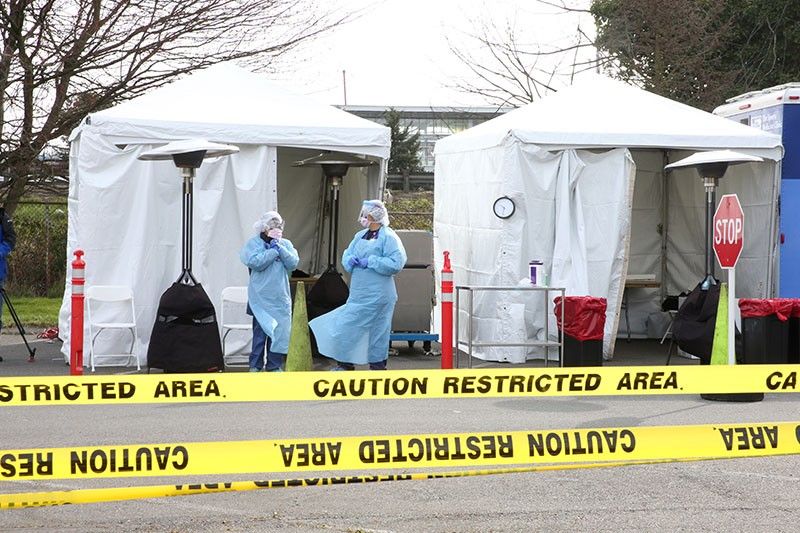Why websites need to be transparent about changes in COVID-19 info

MANILA, Philippines — Reports that COVID-19 transmission through surfaces is less cause for concern began circulating after the United States-based Centers for Disease Control and Prevention (CDC) revised its webpage containing guidelines on how the coronavirus spreads.
Between May 12 and May 22, the CDC's website said that "the virus does not spread easily in other ways," including contact with contaminated surfaces or objects.
It also removed earlier guidelines that recommended handwashing with soap and water or an alcohol-based rub, as well as routine cleaning of frequently touched surfaces.
The CDC again revised its COVID-19 page on May 23 which instead of claiming that the virus does not spread easily in other ways, now says "the virus may be spread in other ways."
However, America’s leading public health institute chose not to reinclude handwashing or disinfection of surfaces in its updated guidelines which remain posted today as of writing.
Moreover, the CDC includes the date when its page was last reviewed but does not specify what changes were made or exactly when.
In a cursory search of the said page’s archived versions between March 28 (the earliest archived page) and today, Philstar.com found that the CDC revised information on contaminated surfaces and objects five times.
This poses a problem of inconsistency since the page was shared by external social media accounts between March and June, reaching tens of thousands of users accessing different information, based on Crowdtangle data.
Columbia University Mailman School of Public Health virologist Angela Rasmussen was quoted in a Washington Post report as saying that the sudden change in the site's information was alarming.
“A persistent problem in this pandemic has been lack of clear messaging from governmental leadership, and this is another unfortunate example of that trend...It could even have a detrimental effect on hand hygiene and encourage complacency about physical distancing or other measures.”
In contrast, the World Health Organization’s most recent COVID-19 guidelines pertaining to environmental surfaces, last updated May 16, continue to recommend disinfection practice “to reduce the potential for COVID-19 virus contamination in non-healthcare settings, such as in the home, office, schools, gyms, publicly accessible buildings, faith-based community centers, markets, transportation and business settings or restaurants.”
WHO advised identifying high-touch surfaces in non-healthcare settings for priority disinfection, including door and window handles, kitchen and food preparation areas, countertops, bathroom surfaces, toilets and taps, touchscreen personal devices, personal computer keyboards and work surfaces.
However, in its May 15 interim guidance, WHO did write a disclaimer that COVID-19 transmission “had not been conclusively linked to contaminated environmental surfaces in available studies.”
[T]his interim guidance document has been informed by evidence of surface contamination in health-care settings and past experiences with surface contamination that was linked to subsequent infection transmission in other coronaviruses...There is no evidence for equating the risk of fomite transmission of the COVID-19 virus in the hospital setting to any environment outside of hospitals. However, it is still important to reduce potential for COVID-19 virus contamination in non-healthcare settings, such as in the home, office, schools, gyms or restaurants.”
Online users also pointed out that the CDC’s presented information was belied by peer-reviewed research, including an April medical study published in the New England Journal of Medicine.
- Latest
- Trending
































